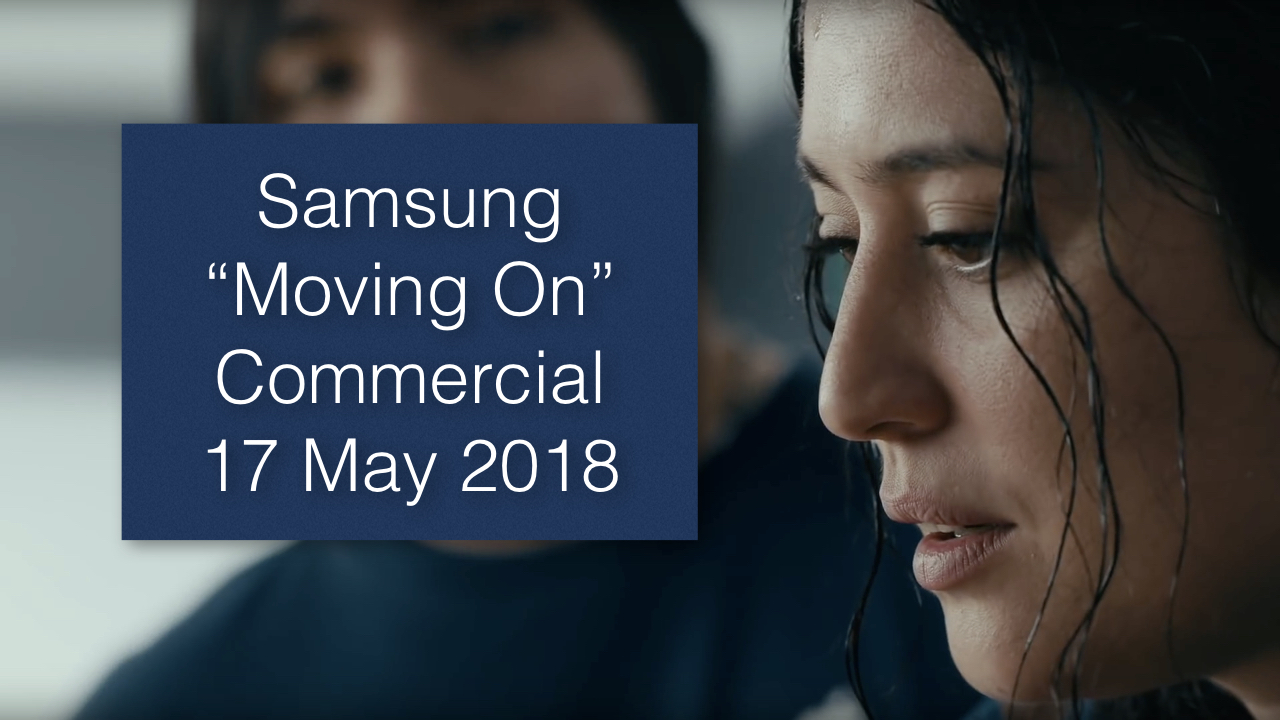On 17 May 2018, Samsung released an updated version of their “Moving On” commercial (shown below). The ad is visually well done, and probably achieves its goal of making the Apple iPhone look like a poorly designed, frustrating, outdated smartphone. The ad also pokes fun at the Apple retail support experience.
What the viewer may not notice is that the iPhone featured in the ad is the iPhone 6 which was released in September of 2016. It’s being compared to the latest Samsung smartphone the Galaxy S9 released in March 2018.
No doubt critics of the commercial will point out that the iPhone 6 has been replaced in recent years by the iPhone 6S, iPhone 7, iPhone 8, and iPhone X. The latest iPhones offer all the speed and features missing in the iPhone 6. A lot has changed in two years.
So, why is Samsung comparing their new Galaxy S9 to a phone that’s several versions old? Isn’t that sort of unfair? Yes. It’s a bit misleading and possibly bordering on false advertising. They should compare their S9 to the iPhone 8 or X models.
Comparing their latest phone to a phone from two years ago is a stunt that could backfire on Samsung. It essentially acknowledges that the only way for Samsung devices to seem competitive is for them to be compared to legacy tech from Apple.
It’s not clear why Samsung chose to feature the iPhone 6 specifically. Possibly there’s some market data suggesting that there are still many iPhone 6 users who will at this point have become frustrated with having an older device. That’s probably true of people using any brand of device that’s two years old. There could be millions of people right now considering upgrading old tech, and Samsung realizes that it’s those people they need to target.
In the ad, Samsung brings up the issue of “battery throttling” – Apple’s practice of slowing phones down to extend the runtime of older batteries. This issue became a bit of a scandal when it was revealed that Apple had been slowing down older phones which some people interpreted as a built-in mechanism to frustrate people into buying new phones as they are released. Apple claims it was just trying to extend the usability of old phones that might otherwise have short battery life.
The ad also features an iconic Apple ‘fan boy’ who first appeared in the 2017 version of the ad, now shown with his son who has the same notched hair cut modeled after the iPhone X design. His facial expression and judging glance of condemnation and superiority says it all – implying that Apple product enthusiasts are ‘cultish nerdy snobs irrationally committed to a product even if its technically a worse choice.’

We know that people become somewhat irrationally committed to and defensive of products, brands, and companies just like sports teams, but Apple users over the years have been portrayed as excessively loyal.
Visiting an Apple store, the woman in the ad asks if it’s possible to speed up her 2-year old Apple iPhone, “Can we fix this phone tonight?” She’s told they can fix the phone by replacing it with a new one. This is, of course, an industry-wide problem not unique to Apple. Unlike a desktop computer with easily upgradeable components, smartphones are not easy to ‘fix’ with a processor upgrade and more RAM. Regardless of what brand or model you have, replacing devices every 2-3 years has become the norm. There are now mobile contracts that allow customers to have a new device every year. You turn in your old device and get the latest features and speed.
There are advantages and disadvantages to Samsung and Apple devices. Consumers need to look at products and companies over a period of time to get an idea of what choice is best for them. Also, Apple has a collection of highly interoperable products (their ecosystem) which makes their overall product line appealing to some people. It’s not wise for consumers to make decisions based on which company was the first to offer or remove some desirable or undesirable feature. Instead, look at overall ease of use, reliability, availability of software, quality of customer service, and support options.
